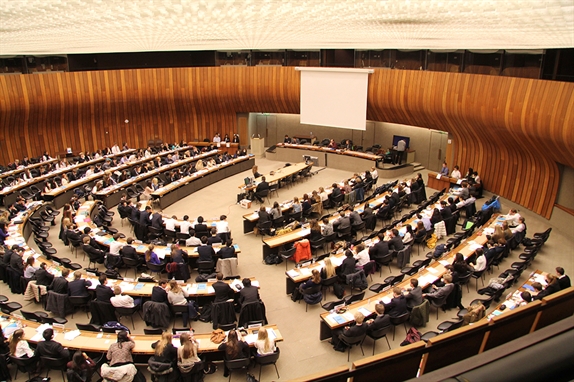Sanjidah Hossain, Year 12
Perhaps you’ve noticed the laminated pieces of paper hanging around in the different buildings which let us know who in the building, among the teachers, is qualified to administer first aid, CPR and can use the defibrillator. Although many don’t seem care, it’s nice to know who we can run to in case someone falls over with a heart attack.
However, the names pasted on the walls were those of teachers only. Sure, these adults know how to administer first aid and can help in the case of emergencies, but what happens if none of these qualified teachers are around in the case of the emergency?
Brain cells begin to die after approximately 4-6 minutes of no blood flow. After 10 minutes, all brain cells will cease to function, and be effectively dead. In other words, medical attention must be given to the injured individual within this time for him or her to have a chance of survival. 10 minutes may seem like a long time, however, the longer one waits, the lower the chances get of successfully reviving the individual. For every minute the victim remains in cardiac arrest, the chances of their survival drops by 10%. Thus, by the time a qualified teacher or personnel is brought to help the victim, it may be too late.
However, the decrease of chance of survival drops dramatically when CPR is being administered to the patient, going from a decrease of 10% a minute to 3-4% a minute. Thus, it is crucial to start giving CPR to the victim as soon as one realises he/she is in cardiac arrest.
Many know the basics of administering CPR, pressing down on the chest and get the heart beating, the kind of thing we see in the movies where the main character brings someone back to life miraculously.
However, what many don’t know is how to correctly administer CPR. Sure, pressing down on the chest is the right idea, but people do not know that you need to be pressing down on the victim’s chest twice a second for the CPR to be effective. Furthermore, many are afraid to break the victim’s ribs, and thus end up applying too little pressure to get the heart started again. It is vital to remember that even if you do break someone’s ribs, it doesn’t matter, at least they’re alive. Finally, many are hesitant to give CPR because they do not want to give mouth-to-mouth. However, what they don’t know is that mouth-to-mouth is not a necessary process of CPR. Recent studies have actually showed that the person has a better chance of survival with just chest compression.
Therefore, it is just as important for students to know how to perform CPR as it is for teachers. That way, a student can step up to help a victim instead of waiting around for someone who is qualified. CPR can save lives and is a basic skill everyone, both students and teachers, should know to a reasonable degree.
It’s better to try to save a life then to sit back and leave it to the professionals. An effort wouldn’t hurt as, after all, what’ve you got to lose?



